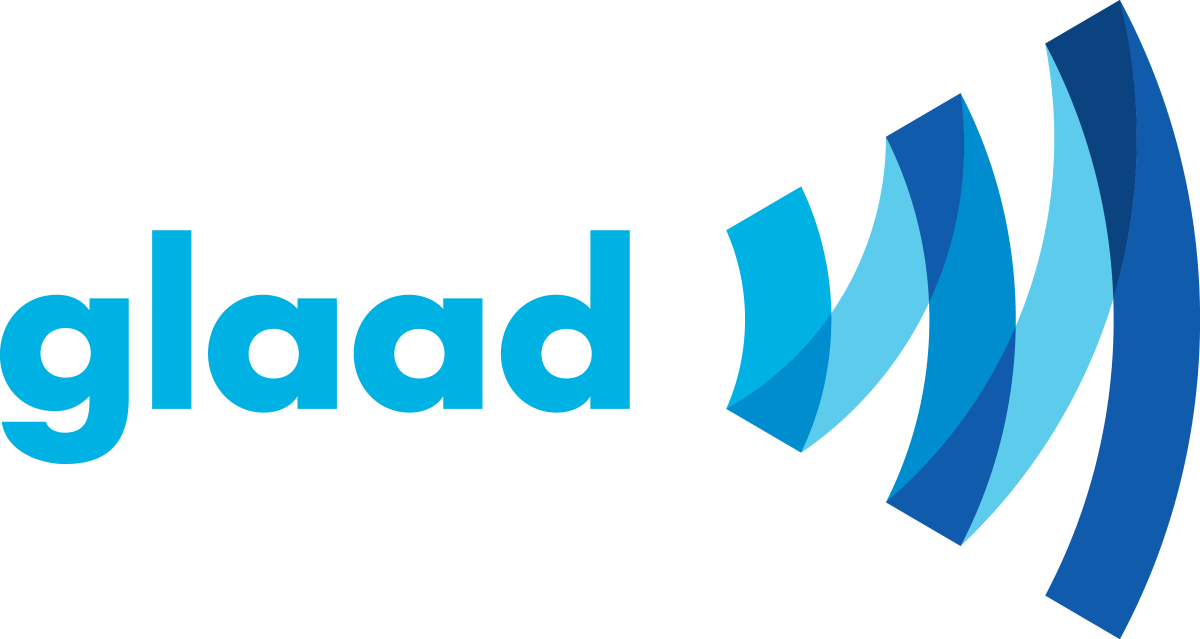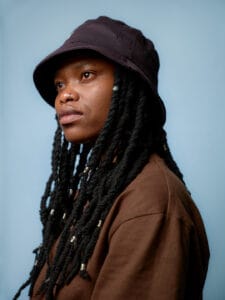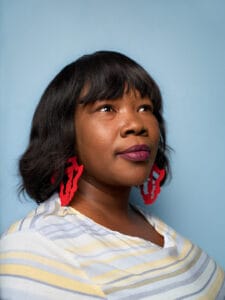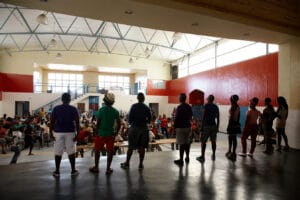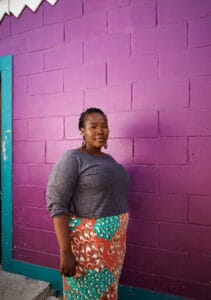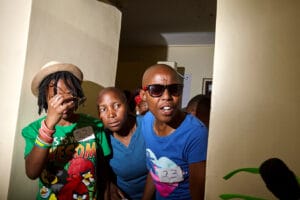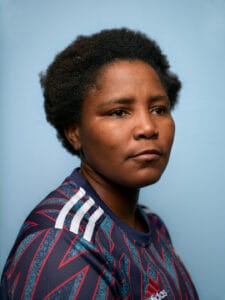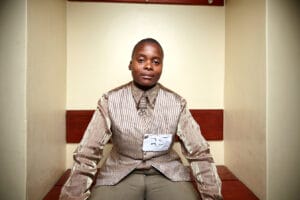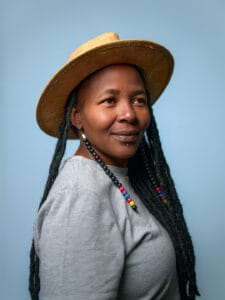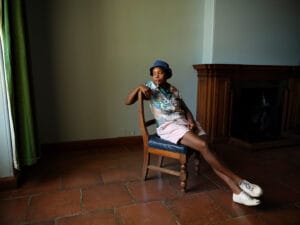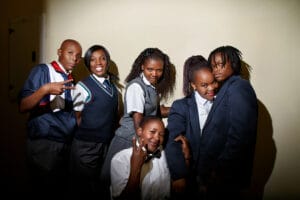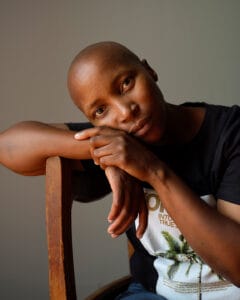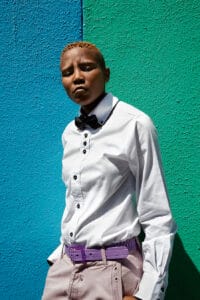Join GLAAD and take action for acceptance.
Trending
- We All Could Use Some Queer Joy! Be a Part of The Skin Deep + GLAAD’s New Collab
- Facts and Action for Banned Books Week
- Write It Out! Launches Annual Campaign to Uplift People Living with HIV Through Playwriting
- GLAAD Gaming Announces New Queer Emerging Developers Program
- Finding Yourself Begins With Celebrating Others’ Differences
- Must-See LGBTQ TV: October Premieres and Returns!
- Fact Sheet: Landmark Supreme Court Case Regarding Protections Against So-Called Conversion “Therapy” for Youth
- Lessons Learned: On Organizing for Inclusive and Welcoming School Systems
Where We Are on TV 2023-2024

Bisexual+ (or bi+) is an umbrella term used throughout this chapter and report for people who experience attraction to more than one gender. This term encompasses several identities including bisexual, pansexual, sexually fluid, and more. Studies continue to show that bi+ people make up the majority of the community, at 58 percent according to Gallup. Yet, the bi+ representation found in this report continues to fall far below this number.
Out of the 468 LGBTQ characters counted across scripted broadcast, cable and streaming programming, 113 characters (24 percent) are bisexual+. This is a decrease of 36 characters and one percentage point.
Studies have shown that bisexual+ people are less likely to be out than gay or lesbian people, and this lack of representation, or at times, inaccurate representation, can hamper bi+ people in coming out. A recurring problem that is still seen today is bi+ erasure, where a character does not label themselves as bi, pan, queer, or any word to self-describe. Though it isn’t uncommon for people to not use labels, the amount of people calling themselves bisexual in the real world far outweighs those on television. Using a word on TV such as bisexual can be empowering for the bi+ members of the community who do not see themselves represented as often as their gay and lesbian counterparts.
An exciting development this year is the number of bi+ characters as leads and members of main ensembles. Some bisexual+ protagonists include Lestat in AMC’s Interview with the Vampire, essentially the whole ensemble of FX’s What We Do in the Shadows, Moraine on Amazon’s The Wheel of Time, Loki on Disney+’s Loki, Ava on Max’s Hacks, Ramona in Netflix’s Scott Pilgrim Takes Off, Nick Nelson on Netflix’s Heartstopper, and more.
Of the 113 bisexual+ characters counted in this report across all platforms, 69 (61 percent) are women, 38 (34 percent) are men, and six (five percent) are nonbinary. That is an eight-point increase in the percentage of bi+ men. This is a particularly exciting development, as bi+ men often remain invisible in media. Many biphobic tropes persist around bi+ men, including that they are “secretly gay” and being untruthful about their sexuality, or only using sexuality for personal gain. Seeing more bi+ men on TV is a powerful tool to ease that stigma. Shows that highlight bi+ men include ABC’s Not Dead Yet, AMC’s Interview with the Vampire, FX’s What We Do in the Shadows, Disney+’s High School Musical: The Musical: The Series, and Loki, Netflix’s Elite, Big Mouth, Heartstopper, The Witcher, and more.
Last year, a welcome finding was that a plurality of the bi+ characters counted in this report were characters of color. Sadly, that is no longer the case. Of the 113 bi+ characters counted across broadcast, cable and streaming, 60 (53 percent) are white and 49 (43 percent) are characters of color. (There are an additional four bi+ characters who are non-human). That is a decrease of four percentage points and 23 characters of POC from the previous year. Shows that showcase bi+ characters of color include ABC’s Not Dead Yet, Amazon’s Gen V, Hulu’s Black Cake, Netflix’s Everything Now, Fall of the House of Usher, and Heartbreak High, and more.
Out of the 113 bisexual+ characters, 31 of them (27 percent) are guaranteed not to return due to miniseries/anthology format, series endings, or cancellations. Twenty-five of them (22 percent) will not return due to specifical series cancellation or ending. Bi+ representation has already decreased year over year due to series cancellations; this cannot continue to be a trend, as the largest portion of the community is an invaluable audience that networks and streamers can’t afford to lose.

“The newest polling continues to affirm that bi+ people make up the majority of the community – close to 60 percent. Four percent of all U.S. adults are bi+, but television continues to stagnate as we’ve seen several years in a row with no significant progress made towards reflecting reality.
The bi+ community includes people with a broad variety of experiences, genders, and relationships that have yet to be meaningfully explored. As executives plan for future year’s slates of programming and strategies to reach new subscribers, they would be smart to consider the interests and potential of this sizable audience who are being left out of the story currently.”
—Megan Townsend, Senior Director, Entertainment Research & Analysis, GLAAD
Representation of Bisexual+ Characters
| Platform | # of Bi+ Characters | % of LGBTQ Characters |
|---|---|---|
| Broadcast | 12 | 19% |
| Cable | 20 | 26% |
| Streaming | 81 | 25% |
Gender of Bisexual+ Characters
No Data Found
No Data Found
Total Bisexual+ Characters across All Platforms: 113
- Men: 38 (34%)
- Women: 69 (61%)
- Nonbinary: 6 (5%)
Racial Diversity of Bisexual+ Characters
No Data Found
No Data Found
Total Bisexual+ Characters across All Platforms: 113
- White: 60 (53%)
- Black: 17 (15%)
- Latine: 8 (7%)
- API: 10 (9%)
- Multiracial: 7 (6%)
- MENA: 5 (4%)
- Indigenous: 2 (2%)
- An additional 4 characters (4%) are non-human
Table of Contents
Share this
View Past Years’ Reports
MEASURE THE MOVEMENT
Your gift allows us to track the impact of our work, helping us better understand the state of acceptance and address the gaps with advocacy — like pushing for more trans representation in movies.
More Publications from GLAAD
(Original version published 6/6/23, has been updated.) The current story of book bans is interwoven…
2025 Studio Responsibility IndexThe GLAAD Studio Responsibility Index (SRI) maps the quantity, quality and diversity…
Even as 2025 has brought a surge of attacks and a hostile political climate, the…
GLAAD’s Anti-LGBTQ Extremism Reporting TrackerDisclaimer: Readers should be aware that the following report contains details…
